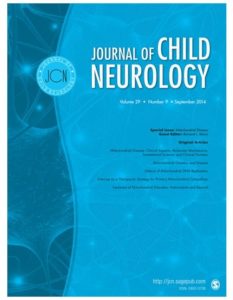Efficient eye movements provide a physical foundation for proficient reading skills. We investigated the effect of in-school saccadic training on reading performance. In this cross-over design, study participants (n=327, 165 males; mean age (SD): 7yrs-6mos (1yr-1mo)) were randomized into treatment and control groups then underwent eighteen, 20-minute training sessions over five weeks utilizing King-Devick Reading Acceleration Program Software. Pre- and post-treatment reading assessments included: fluency, comprehension, and rapid number naming performance. The treatment group had significantly greater improvement compared to the control group in fluency (6.2% vs. 3.6%, p=0.0277) and comprehension (7.5% vs. 1.5%, p=0.0002). The high-needs student group significantly improved in fluency (p<0.001) and comprehension (p<0.001). We hypothesize these improvements to be attributed to the repetitive practice of reading-related eye movements, shifting visuospatial attention, and visual processing. Consideration should be given to teaching the physical act of reading within the early education curriculum.
Summary Points:
- Students in 1st and 2nd grade were enrolled in 6 weeks of the King-Devick Reading Acceleration Program.
- The treatment group had significantly greater improvement compared to the control group in fluency and comprehension.
- A subgroup analysis was performed on high needs students, who were students with an active IEP or in reading recovery Overall, high needs students went from 26th to 40th national percentile rank in reading fluency and from 40th to 56th in comprehension after RAP.
- The King-Devick Test, an eye movement test used for reading screening, may be used to predict below-average reading

